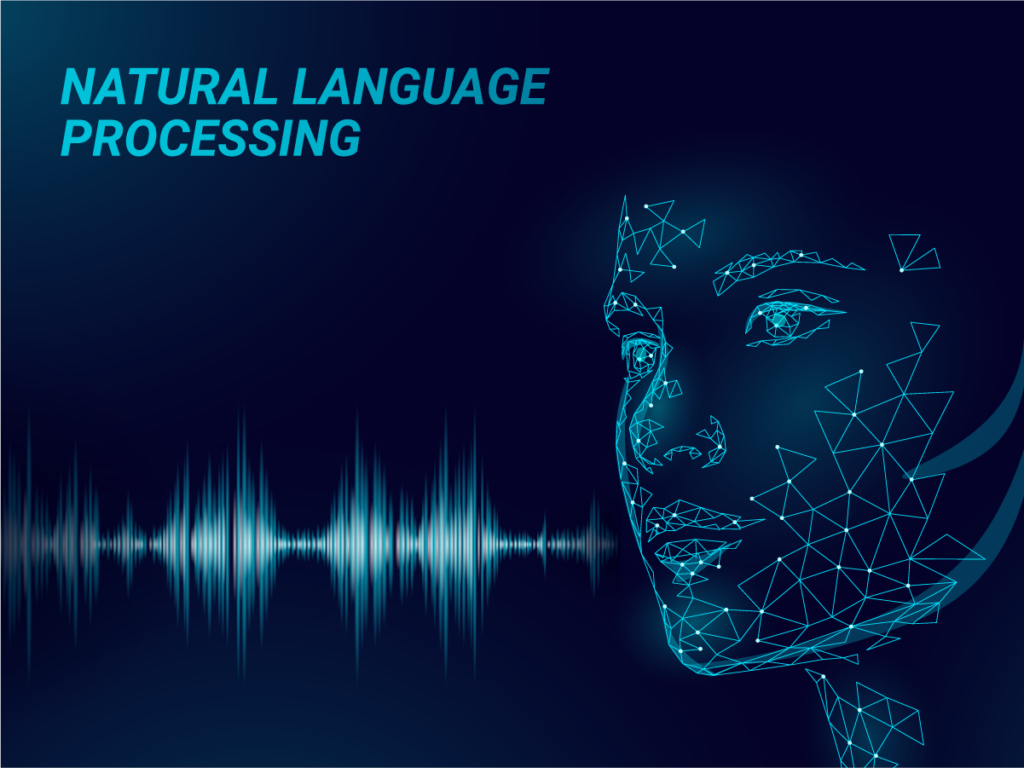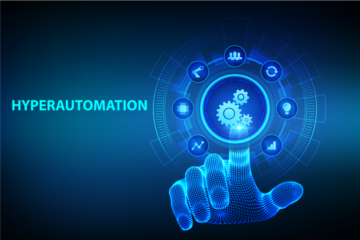Human language is filled with ambiguities that make it incredibly difficult to write software that accurately determines the intended meaning of text or voice data. This fact means programmers must teach natural language-driven applications from scratch for them to be useful, but unfortunately, there are many irregularities which humans take years just to learn and recognize themselves. Homonyms, homophones, sarcasm, idioms can all confuse a computer program if they do not know what’s going on ahead of time because these nuances differ between languages as well as across cultures.
Natural language processing (NLP) is the branch of artificial intelligence that deals with giving computers, or machines, the ability to understand the text and spoken words in much the same way human beings can. It’s a burgeoning field that has helped power Google Translate into its current state-of-the-art incarnation as well as enabled voice interfaces like Siri on mobile devices.

NLP is driving the world with today’s technology. It drives computer programs that translate text from one language to another, responds to spoken commands, and summarizes large volumes of text rapidly—even in real-time. NLP has a variety of applications; it can be found on voice-operated GPS systems, digital assistants, speech-to-text dictation software which are all used by consumers every day. However, there is more: There are also customer service chatbots as well as enterprise solutions such as mission-critical business processes simplifying tasks for businesses – streamlining their operations while increasing employee productivity at the same time!


0 Comments